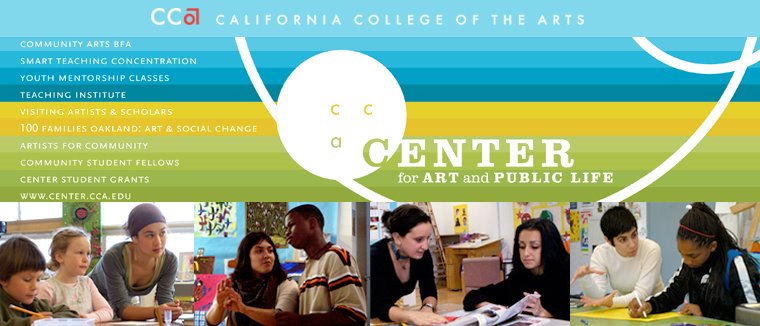
Another challenge for this project has been keeping my site supervisor focused on the larger picture of what this design work will do in the long run. As a designer, it's uncommon for a client to be this close to the design process and it has been hard to proceed with the work while simultaneously explaining every step, especially the experimental steps, and how it relates to the finished product. When the client is this close to the process it is almost imperative that I work with the client to help them develop a sense of faith in the process. Otherwise, they have a hard time understanding what I'm doing at the micro level and how it relates to the bigger picture. This challenge is something I've seen other CSF's talk about. Trying to communicate the value of what you're doing to those who are not familiar with a process, whether its art or design, can be challenging and sometimes discouraging. However, I believe the more we are forced to defend the value of what we do the more power we will have to make valuable contributions to the community.
After completing a series of type studies I began to apply them to the materials being produced. This was the really fun part and helped the client see how the experimental work was related to the final product. So often, there is a misconception that designers sit a their desk and a good (or bad) design magically appears with a few clicks of a mouse. So in terms of how these challenges have turned into opportunities, I personally feel it was a chance to contradict some of these misconceptions by allowing the client to really see the dirty, and sometimes weird, work that goes on in the design process.
Below is the final poster that was created from these type experiments. The next posting will go into more detail about the process of creating both this visual language and identity system for the Legacy Oral History Program.

- Melissa







No comments:
Post a Comment